
Do you have a question about the National Instruments myRIO-1950 and is the answer not in the manual?
| Processor | Dual-core ARM Cortex-A9 |
|---|---|
| Operating Temperature | 0 °C to 55 °C |
| Connectivity | USB, Ethernet, Wi-Fi (optional) |
| Analog Output Channels | 2 |
| Digital I/O | 40 |
| USB Ports | 2 |
| Ethernet | 10/100 Mbit/s |
| Clock Rate | 667 MHz (Processor) |
| Wi-Fi | Optional |
| Accelerometer | 3-axis |
| FPGA | Xilinx Zynq-7000 series |
| Analog Input Channels | 8 |
General safety precautions and handling instructions for the NI myRIO-1950.
Guidelines for ensuring proper electromagnetic compatibility (EMC) performance.
Precautions against electrostatic discharge (ESD) damage to sensitive components.
Description of the NI myRIO-1950 components and their functions.
Details of signals and pin assignments for MXP connectors A and B.
Explanation of the analog input topology and available channels.
Details on analog output channels, accelerometer, and data conversion formulas.
Description of digital I/O lines, pullup resistors, and secondary functions.
Details on UART receive and transmit lines, their electrical characteristics.
Using the Reset button, Button0, and understanding LED indications.
Interpreting LED status and using the USB host port for peripherals.
Comprehensive technical specifications for processor, memory, FPGA, I/O, and more.
Detailed physical dimensions and mounting hole information.
Instructions for connecting external sensors and actuators to MXP connectors.
Details on power supply, operating conditions, and environmental factors.
Safety standards, EMC compliance, CE compliance, and hazardous location information.
Information on product warranty, support resources, and environmental management.
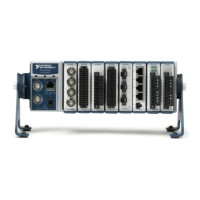
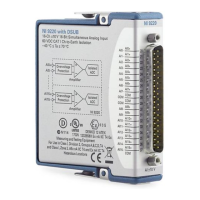
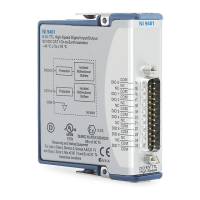
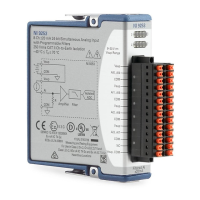

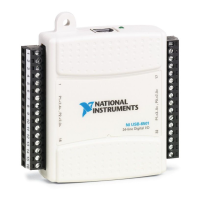

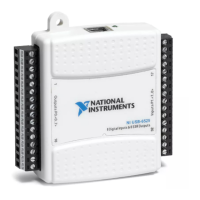
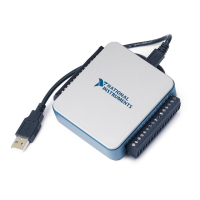
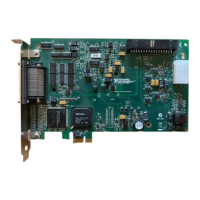
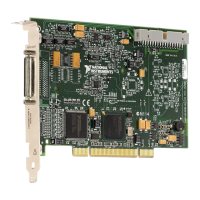
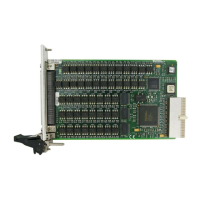
